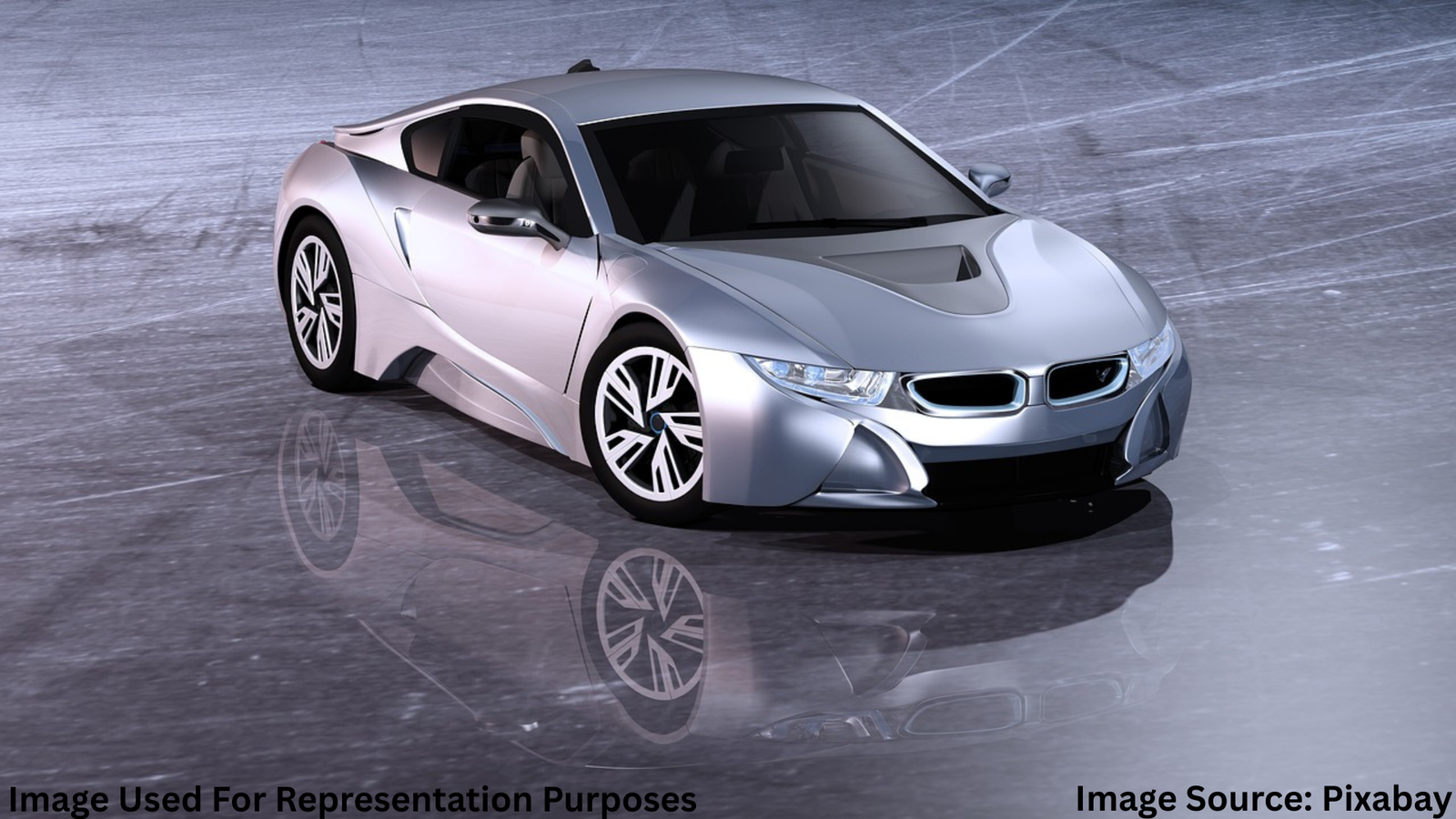
Where the World Stands on Electric Vehicle Growth
Global electric vehicle adoption trends have become one of the most watched indicators in the transportation industry. From policy changes to technological breakthroughs, the rise of EVs is reshaping how nations move, invest, and plan for the future. While progress varies from country to country, the overall direction is clear: electric mobility is no longer a niche concept—it’s a growing global standard.
Why EV Adoption Is Accelerating Worldwide
The surge in global electric vehicle adoption trends is driven by several key factors. Climate change concerns, government incentives, and falling battery prices are making EVs more attractive to consumers and businesses alike. In many regions, infrastructure improvements are also making it easier to own and operate electric vehicles.
For instance, Norway has become a global leader, with EVs making up more than 80% of new car sales in 2023. China, meanwhile, dominates production and sales volumes, investing heavily in charging networks and domestic manufacturing capacity.
The Role of Government Policy
Government policies remain a critical driver of global electric vehicle adoption trends. The European Union, for example, has set a target to ban sales of new gasoline-powered cars by 2035. The U.S., under the current administration, has expanded tax credits and funded nationwide charging infrastructure.
These initiatives are accelerating EV adoption and encouraging automakers to retool factories, train workers, and develop competitive electric models.
Technology as a Catalyst
Advances in battery technology are making EVs more efficient, with longer ranges and faster charging times. Solid-state batteries, though still in development, promise even greater performance improvements in the coming years.
Automakers and tech companies are also collaborating on software-driven features like autonomous driving, predictive maintenance, and energy management systems, further enhancing the appeal of electric mobility.
Market Shifts and Consumer Behavior
As global electric vehicle adoption trends strengthen, consumer attitudes are shifting. In urban areas, EVs are increasingly viewed as status symbols and smart investments. Ride-sharing companies are incorporating EV fleets to reduce operating costs and appeal to eco-conscious riders.
However, in rural or developing regions, adoption remains slower due to infrastructure gaps and higher upfront costs. This creates a two-speed global market that policymakers and businesses must address.
US Automakers Electric Vehicle Shift: Navigating Politics and Market Demand
Challenges to Overcome
Despite rapid growth, EV adoption still faces obstacles. Charging station availability, raw material shortages for battery production, and inconsistent government policies can slow momentum. For example, supply chain disruptions in 2022 led to delays in vehicle deliveries and rising costs for critical components like lithium and cobalt.
Addressing these challenges will require global coordination between governments, manufacturers, and energy providers.
Case Studies: Success Stories
Norway’s approach combines high taxes on gasoline cars with generous EV incentives, creating one of the fastest adoption rates in the world. China’s large-scale subsidies and infrastructure investments have built the largest EV market globally. In the U.S., states like California are setting aggressive zero-emission vehicle mandates to push adoption forward.
The Future Outlook
The momentum behind global electric vehicle adoption trends suggests that the coming decade will be transformative for transportation. Analysts predict that by 2030, EVs could account for more than half of new vehicle sales worldwide, with certain regions reaching even higher penetration rates.
Businesses that adapt quickly to these trends—whether they’re automakers, battery suppliers, or charging network operators—will be best positioned to thrive in the next phase of the transportation revolution.
Conclusion: A Worldwide Shift
In the end, global electric vehicle adoption trends reflect more than just consumer choice—they signal a structural shift in the way the world moves. The countries and companies that invest early and strategically will shape the future of mobility, reaping both economic and environmental rewards.

Akalumhe Jefferson is a content writer with a new found interest for crafting engaging stories that transport readers to new worlds. Although no current actual background in creative writing but there’s active love for writing



